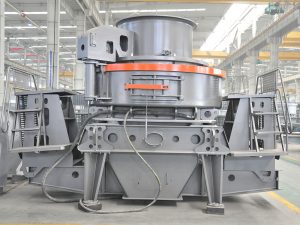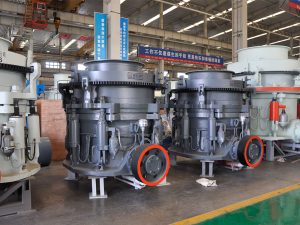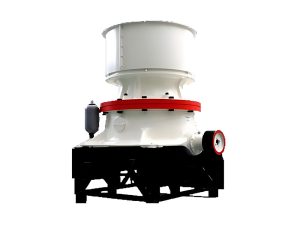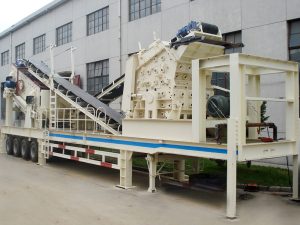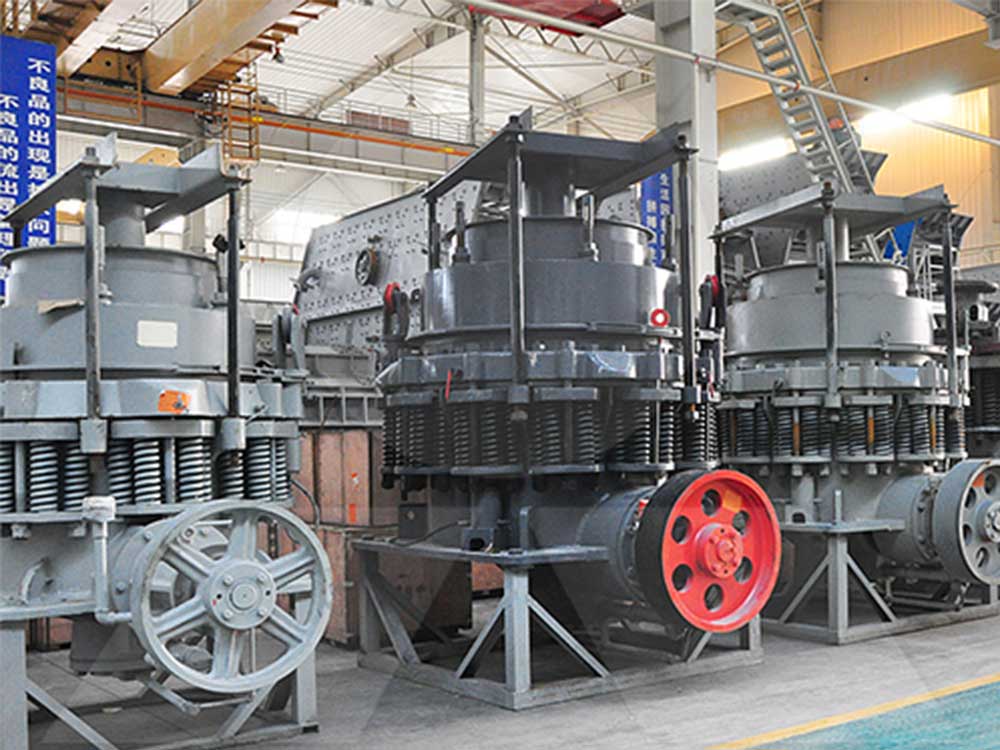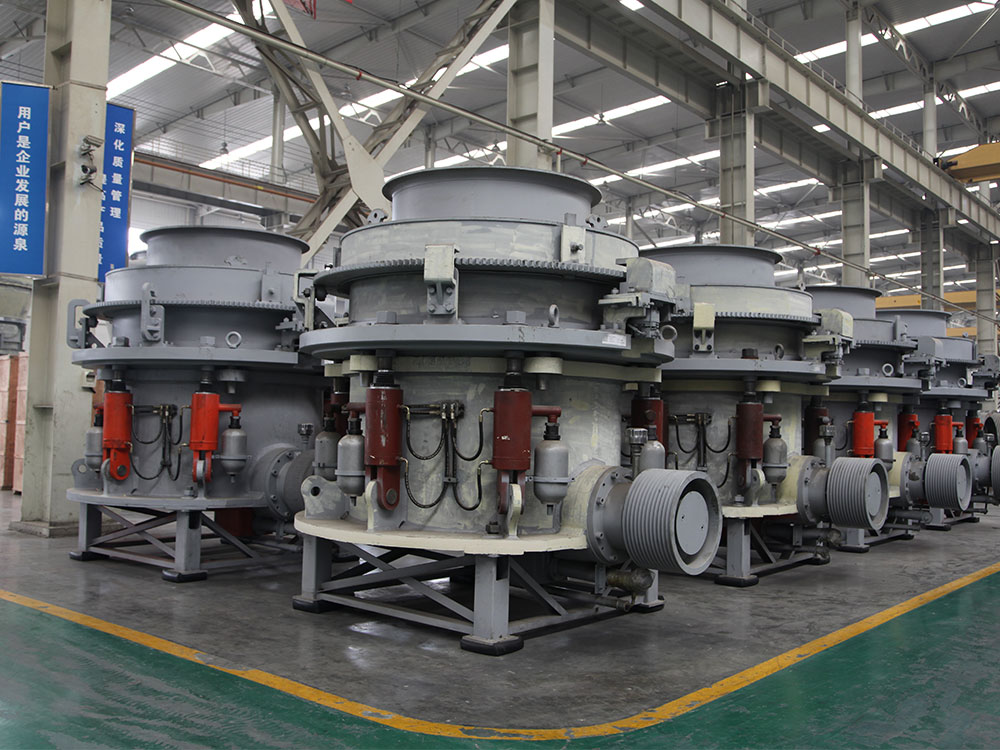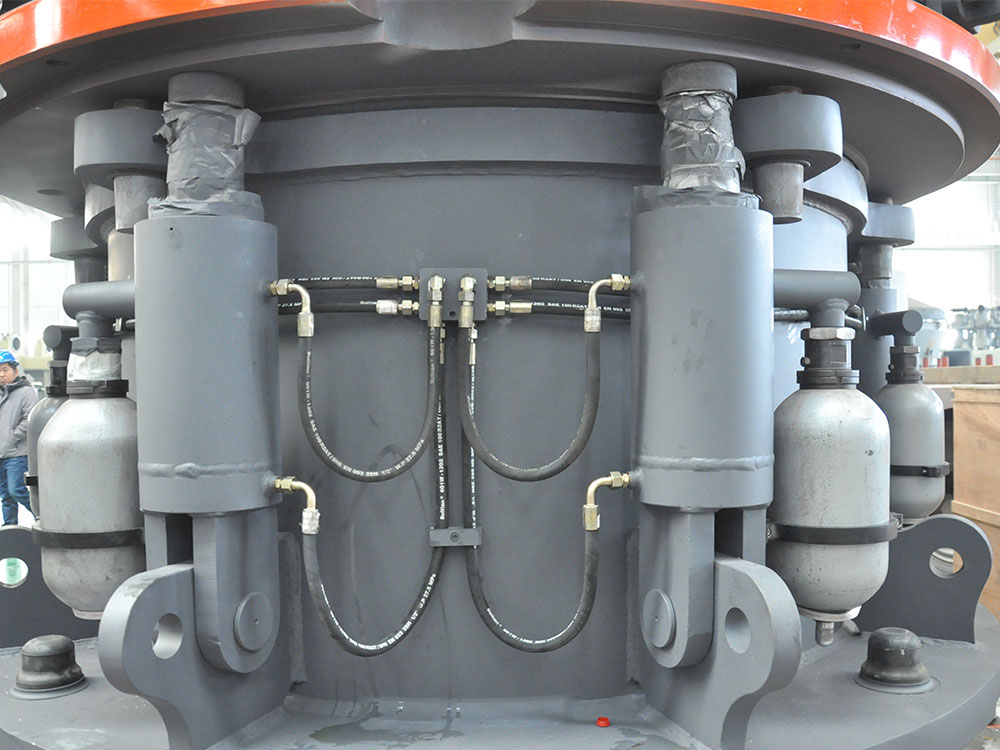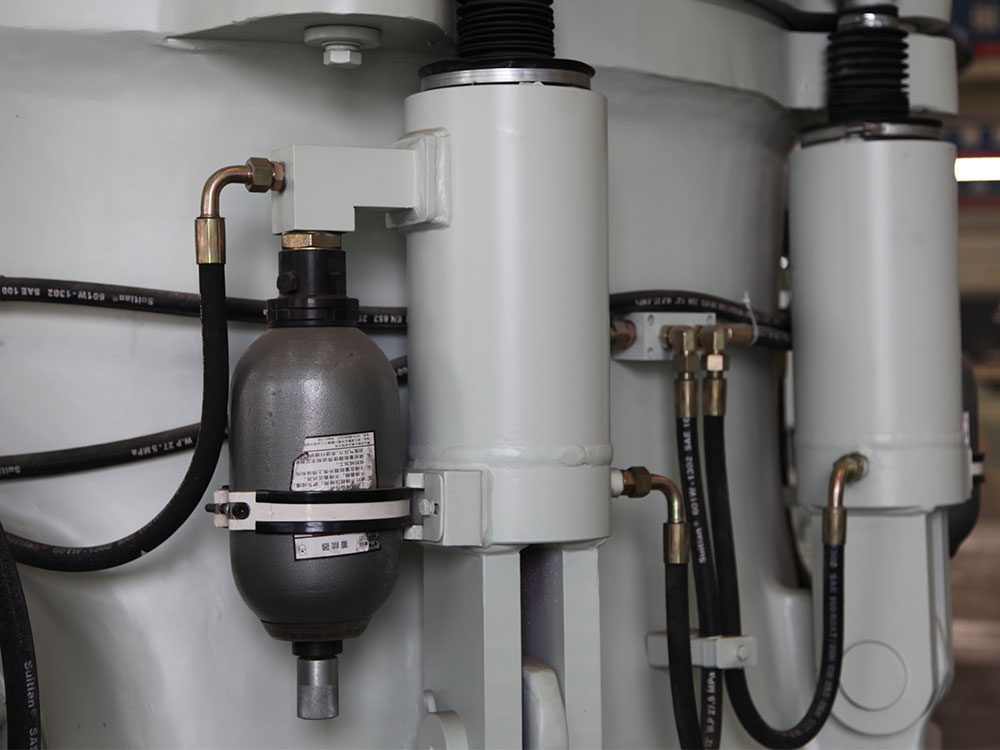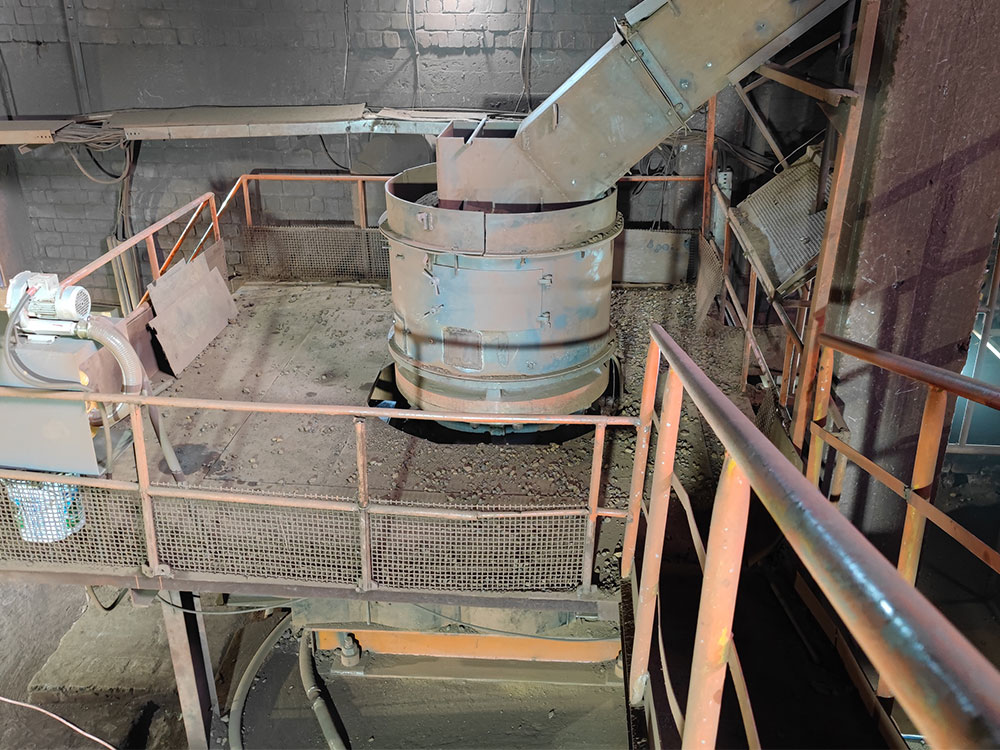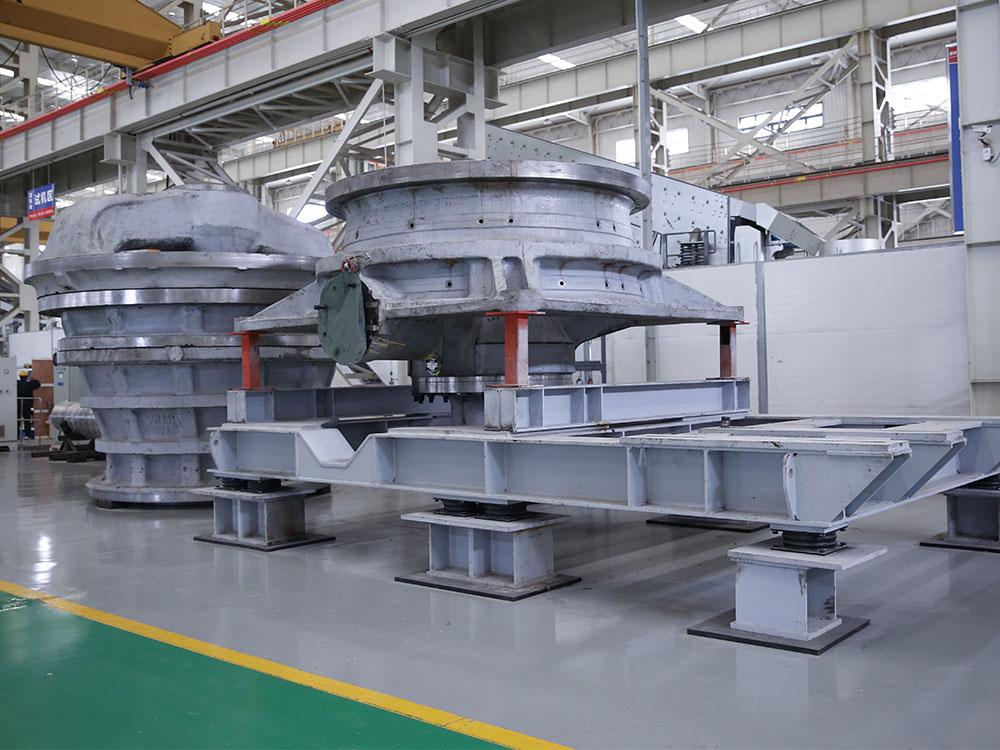In the resource-intensive iron ore processing industry, equipment performance directly determines production efficiency and economic benefits. As a representative of third-generation intelligent crushing equipment, the HPT multi-cylinder hydraulic cone crusher is reshaping the production paradigm of iron ore crushing through multi-dimensional technological innovation. The following is an in-depth analysis from three perspectives: technical principles, application effectiveness, and selection logic:
I. Core Technological Breakthroughs for Capacity Enhancement
1. Revolutionary Application of the Laminated Crushing Principle
The HPT series innovatively utilizes a dynamic laminated crushing chamber design. By optimizing the crushing chamber geometry (deep chamber structure + stepped liner), the material forms a multi-layer cushion within the crushing chamber. Experimental data shows that this technology increases the number of material interactions within a single crushing cycle by three times, achieving a material reduction ratio of 1:25 per unit energy consumption (compared to 1:15 for conventional equipment), and increasing production capacity by 32%-38% compared to jaw crushers. Specifically, during the fine crushing stage of iron ore, the yield of needle-like flakes is reduced from 28% with conventional equipment to 19%, significantly improving subsequent screening efficiency.
2. Precision Control of the Intelligent Hydraulic System
The fully hydraulic adjustment system integrates pressure sensors and displacement feedback devices, enabling fine adjustment of the discharge opening in 0.1mm increments (with an accuracy of ±1mm), achieving a response speed five times faster than mechanical adjustment. The over-iron protection device monitors the spindle load in real time. When it detects an uncrushable object with a diameter exceeding 150mm, it relieves pressure in the hydraulic cylinder within 0.3 seconds, preventing equipment damage. In a large-scale mine application, this system reduced unplanned downtime from an average of 72 hours per year to 18 hours, increasing overall equipment utilization to 92%.
3. Synergistic Optimization of High Speed and Strong Crushing Force
The HPT300 is equipped with a 132kW variable frequency motor, achieving a spindle speed of 750 rpm. Combined with a 450MPa-grade high-manganese steel crushing wall, it achieves a processing capacity of 110-440 tons/hour. The flagship model, the HPT800, features a dual-motor drive (2 x 250kW), with a speed increased to 680 rpm and a crushing force of 3200 kN. When processing magnetite with a Mohs hardness of 6.5, it achieves a single-shift output exceeding 2,000 tons. The optimized matching of the power system and crushing chamber reduces energy consumption per unit of production capacity to 0.8 kW·h/t, representing a 15% energy saving compared to similar products.
II. Key Criteria for Model Selection
1. Processing Capacity and Scale Compatibility
Small and medium-sized mines (1-5 million tons/year): The HPT300 model has a processing capacity of 110-440 tons/h. Equipped with a vibrating feeder and belt conveyor, it forms a compact crushing station capable of processing 3,000 tons per day. Large-scale mines (5-20 million tons/year): The HPT800 model has a processing capacity of 310-1200 tons/hour and can be combined with the HPT500 secondary crusher to form a three-stage crushing system, achieving large-scale production of 15,000 tons per day.
2. Optimized Energy Consumption and Maintenance Costs
The modular design breaks down the maintenance unit into 12 standard modules, reducing the single maintenance time from 8 hours for traditional equipment to 5.6 hours. The energy-saving hydraulic system, controlled by a variable pump, reduces no-load energy consumption by 40%. For a mine with an annual processing capacity of 5 million tons, this has resulted in an annual electricity bill savings of 237,000 yuan.
3. Intelligent Operation and Maintenance System
HPT equipment with integrated IoT modules can upload over 200 operating parameters in real time. The AI diagnostic system uses machine learning models to predict faults such as liner wear (with 92% accuracy) and hydraulic oil contamination (with 89% accuracy). The remote control platform supports mobile/PC access, reducing equipment inspection frequency from four times per day to just one, and lowering labor costs by 35%.
III. Typical Application Scenario Verification
At an iron ore project in Western Australia, two HPT800s were deployed as a fine crushing system, increasing processing capacity from the original design of 800 t/h to 1,050 t/h and increasing the content of product particles less than 12 mm from 78% to 85%. Data from 18 months of operation showed a 91.3% equipment availability rate, a reduction in unit crushing costs from 3.2 yuan/ton to 2.7 yuan/ton, and an annualized economic benefit exceeding 40 million yuan.
This deep integration of technological iteration and scenario adaptation has made the HPT series an "efficiency engine" in iron ore processing. Through physical optimization of laminated crushing, intelligent upgrades to hydraulic control, and enhanced power system energy efficiency, it provides a complete solution covering small, medium, and ultra-large mines, providing technical support for mining companies to achieve the triple goals of "cost reduction, efficiency improvement, and quality improvement."


